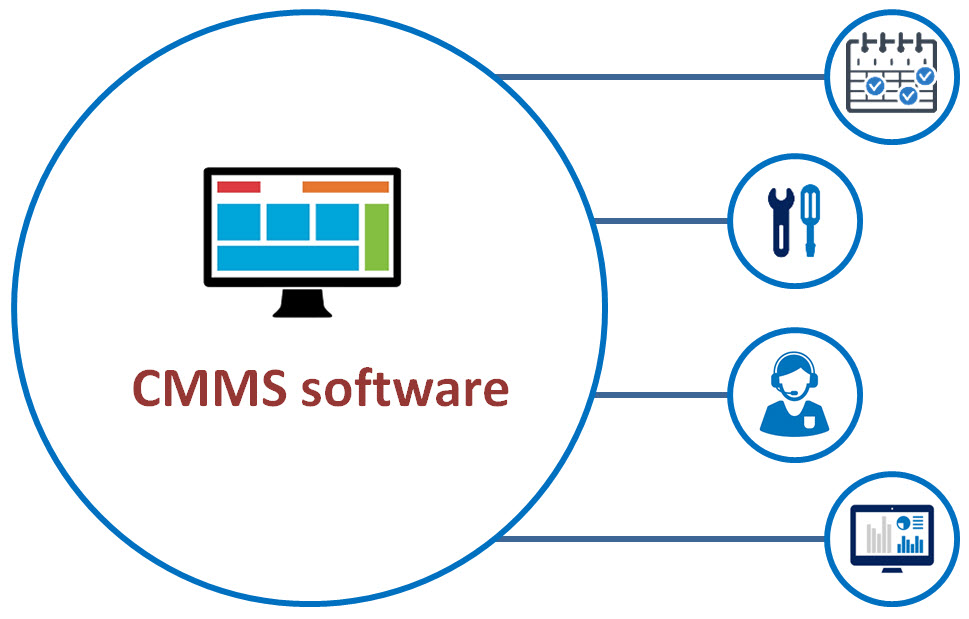In Brief
This blog post is part of our three-part series on CMMS Software. This blog post is the first in the series. This blog post describes what CMMS software is and how your utility can determine whether or not it would be useful for your utility.
What is CMMS software?
A computerized maintenance management system (CMMS) is software designed to simplify maintenance management. Maintenance management is a necessity in a broad range of disciplines and CMMS software is able to serve fields ranging from manufacturing to energy to healthcare. With CMMS, companies or organizations can monitor work orders, quickly generate accurate reports, schedule repairs, create accurate inventory forecasts, and easily determine which assets require maintenance and when. You may have also heard of enterprise asset management (EAM) systems. CMMS and EAM are actually different systems but are often referenced interchangeably. Both systems provide many similar features but EAM systems tend to be broader and more useful for larger companies.
The goal of CMMS software is to improve organization, extend asset lifespans and reduce costs. It is there to help protect an organization’s large capital investment. CMMS software cannot take the place of knowledgeable individuals but instead can help them prioritize and easily keep track of assets and labor. CMMS software’s core functionality includes preventative maintenance, asset management, work order management, and inventory management. However, many additional features can be added.
Does your utility need CMMS software?
Many utilities, especially small utilities, may be unsure about whether CMMS software would benefit their operation. Below are some guiding questions that can help you decide whether to take the next step in your CMMS research or determine your operation can continue without one.
What does your record-keeping look like? Is it chaotic, with related material kept in many different locations? Is it hard to locate assets?
When record-keeping is unorganized your team could spend more time finding relevant information than making repairs. CMMS software is capable of storing everything in a single, searchable database that allows you to make informed data-driven decisions. It also improves the tracking and scheduling of labor, helping you identify and resolve bottlenecks in labor utilization and improve response time.
Are routine processes moving smoothly? Maybe routine processes are running smoothly but are they as efficient as possible? Are you easily communicating what needs to be completed on a daily basis?
It’s challenging to plan facility repairs and service in advance and thus you may currently be fixing problems as they arise rather than preventing them from happening. CMMS software helps you proactively plan most maintenance tasks with standardized processes and set procedures. This will reduce reactive repairs and free-up valuable time. The software enables you to move from a reactive maintenance program to a preventative maintenance program.
Have you ever failed to complete repairs in a timely manner because important spare parts were unavailable? Maybe you have the part but have no idea where it is. Or you thought you had it only to realize you used it in a previous repair and forgot to order another.
Waiting for parts is a common setback. CMMS software allows you to create a spare parts inventory so you can adjust new material orders based on stock level and identify a pattern of materials consumption. You gain control over your inventory and ensure critical parts are available when needed.
If your utility experiences some the above issues then it is worth investigating CMMS software further. The software is not inexpensive but is available at varying prices with varying capabilities and most systems will find a product that matches their needs. There must also be a commitment by staff to learn a new system. However, the payoff can make it worthwhile. The next step is to begin creating a list of what your utility wants out of CMMS software before you begin researching software companies. The next blog post will walk you through how to define your CMMS goals and who to involve in the process.

